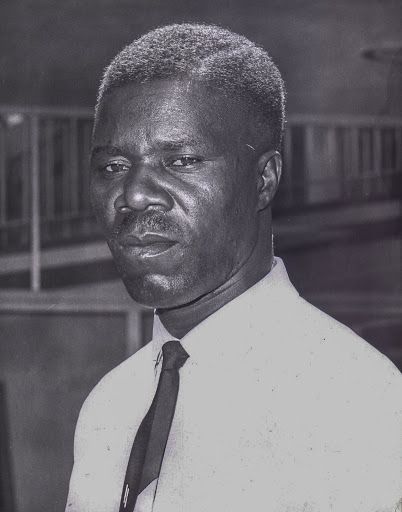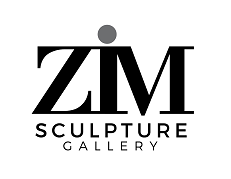
Joram Mariga
The modern Shona Sculpture (also known as Zimbabwean Stone Sculpture) movement has its roots in the early stone carvings of the Shona people, a multi-clan group of people who constitute the largest ethnic community in Zimbabwe. The early carvings were produced for functional and decorative purposes in the construction of their dwellings. The best example is Great Zimbabwe, an 11th -15th century city that is believed to have served as a royal palace for the local monarch. Its walls, some of which are 11 metres (36 ft) high were constructed of "dry stone", meaning without mortar.
The Shona Sculpture art form is currently practiced by sculptors from diverse Zimbabwean ethnic groups. Works are renowned for their individuality, colours and brilliance of form. Perhaps the most amazing thing about this art movement is that it took such a remarkably short period of time to establish itself as "the most important new art form to emerge from Africa this century" (Newsweek Magazine, 1987).
The movement emerged in 1954, largely due to support from an Englishman named Frank McEwen, who was responsible for nurturing, promoting and showcasing the art form. He firmly believed that formal teaching was inappropriate, and instead guided the artists to evaluate their own works. An art workshop that McEwen established in the late 1950s, while director of the Rhodesian Art Gallery in Salisbury, Rhodesia (now Harare, Zimbabwe), served to greatly encourage local African artists. Among them was Joram Mariga, who is widely considered to be “the Father” of Shona Sculpture”.
In the late 60's and early 70's Shona Sculpture was exhibited at the Museum of Modern Art, New York (1969), the Museum of Modern Art, Paris (1971), and at the Rodin Museum, Paris (1972). And in the 80s, the art form was described as "deeply human, spirited in every sense and superbly skilled" (Sunday Telegraph, London 1981). In just 20 odd years, Zimbabwe produced a number of sculptors who are now counted among the best in the world, and enjoy international recognition.
The creative spark generated in Mariga was fanned by McEwen and quickly ignited a group of "first generation" Shona sculptors (including Henry Munyaradzi, Bernard Matemera, Nicholas Mukomberanwa, Lazarus Takawira, David Bangura, Conductor Kagore and others), who became masters of the craft. Their works are now highly sought after by serious art collectors and fetch relatively significant sums of money.
Modern Zimbabwean Stone Sculpture, being produced by second and third generation artists, now combines tradition with feelings and contemporary personal expression. This work is also loved by art enthusiasts globally and highly collectible.
